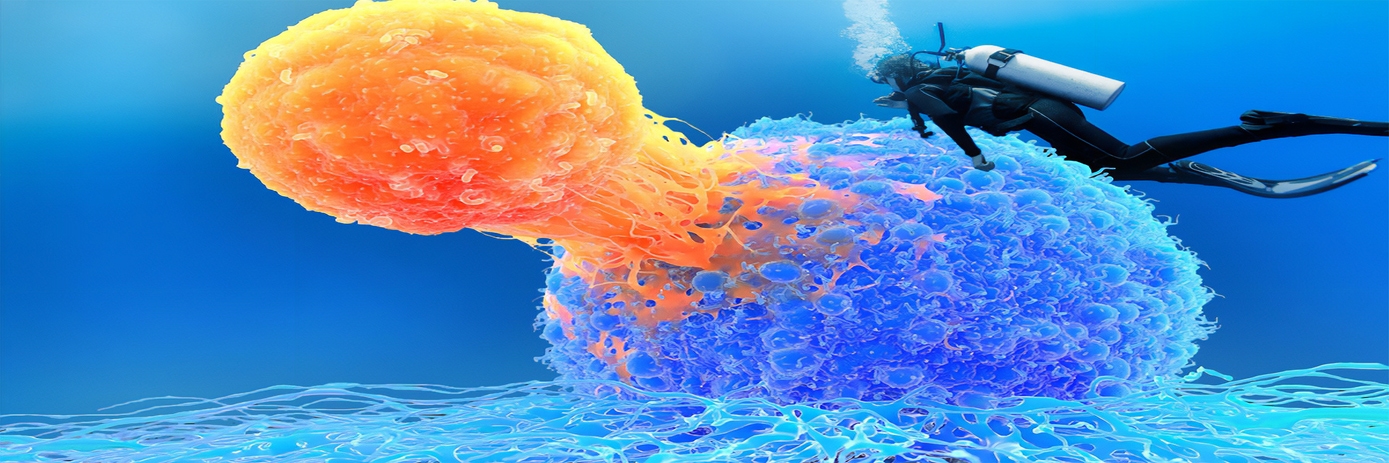Microscopy images of cells contain vast amounts of phenotypic information, making the phrase “a picture speaks a thousand words” highly relevant to the field of high-content imaging (HCI). HCI allows scientists to extract rich, quantitative information from the images of hundreds or thousands of cells.
Conventional high-content screening experiments typically focus on extracting imaging data relating to predefined, specific features to identify drugs or drug targets that modulate a phenotype. Researchers usually have a predefined phenotype of interest and so most of these experiments extract only a couple of features of cells.
However, this means that vast quantities of quantitative data are potentially lost or left unexplored.
Image-based profiling
Morphological profiling is an alternative HCI strategy where hundreds or even thousands of phenotypic features are extracted from images and grouped into profiles. Using machine learning, these profiles can then be mined for morphological patterns resulting from chemical or genetic perturbations.
This approach can be used to:
- Predict how new chemical compounds act in cells
- Identify and classify the toxicity of compounds destined for clinical trials
- Identify differences in cell structure between normal and diseased cells
- Discern the functional impact of gene variants associated with human disease
- Identify gene function from large-scale genome sequencing studies
Morphological profiling has been employed in various areas of research, including cancer and toxicology studies. However, it has not been widely explored for the study of immune cells, until now.
Applying morphological profiling to immune cells
In a recent study, researchers working with Loïc Dupré (Toulouse Institute for Infectious and Inflammatory Diseases, France, and Medical University of Vienna, Austria) developed a novel HCI and computational image analysis workflow that can be applied to immune cells to reveal distinct morphological profiles evoked by a panel of drugs.
Writing in Cell Reports, the researchers said: “Our study provides a foundation for development of morphological profiling as a scalable approach to monitor primary lymphocyte responsiveness and to identify complex aspects of lymphocyte micro-architecture.”
Such an approach could be useful for gaining a deeper understanding of lymphocyte biology, how this relates to immunodeficiencies, and for immunotherapeutic drug screening. It could also help guide the engineering of novel chimeric antigen receptors (CARs).

































